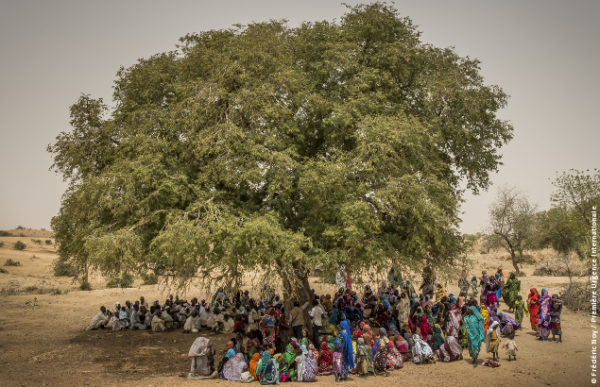The depreciation of commodity prices on the international market, in particular the fall in the price of oil, which constitutes more than 80% of the country’s income, has plunged Chad into a worrying difficult socioeconomic situation.
At the end of the humanitarian-development-peace meeting and the joint launch of the 2021 humanitarian response plan and the response plan for refugees held on June 4 in Ndjamena, it emerges that the humanitarian needs are greater because of the economic slump. and security concerns that swallow up large sums of money that could have been injected into the economic circuit.
In response, the Chadian state is reaching out to the humanitarian community and donors to mobilize $ 617.5 million to support emergency humanitarian needs during the current year. An envelope up 13% from last year which required $ 545.3 million, as the target population increased by 25%.
Among the 5.5 million people in need of emergency humanitarian aid, 4 million are targeted through the humanitarian response plan which aims to implement emergency interventions in the health and food security sectors. , protection, shelter, water, education, hygiene and sanitation, as well as support for basic social services and the search for sustainable solutions.
Ranked among the poorest countries by the World Bank, Chad, which began economic development in the 2000s following the discovery of large oil deposits, is going through a difficult period, particularly following the onset of the Covid pandemic. 19 which radically changed the macroeconomic outlook. Chad is at risk of falling back into recession with the economy contracting to 0.2% in 2020 from the 4.8% growth rate expected before the pandemic.



